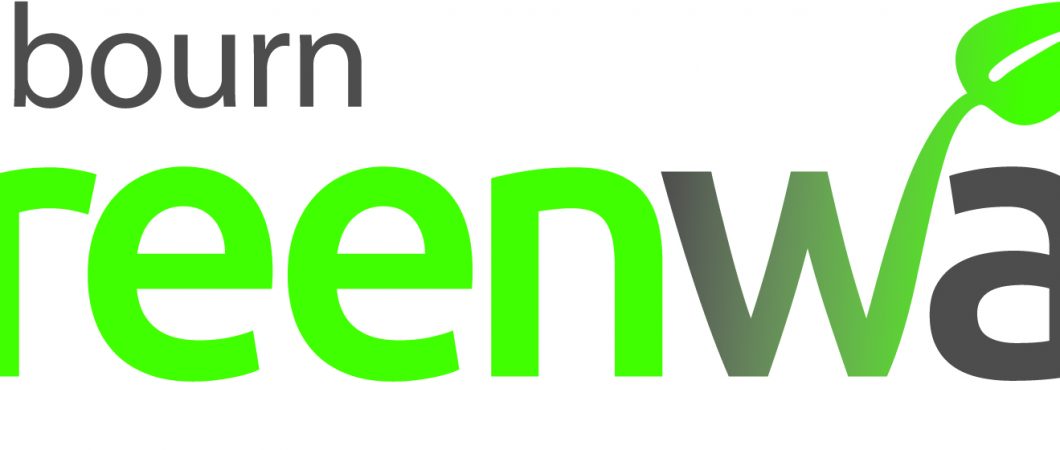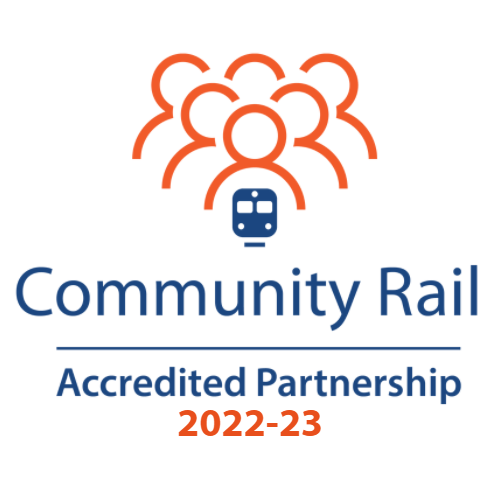Thanks for the comments and questions, which I’ll try and answer here:
Funding for this project is partly, as mentioned, via Section 106 contributions from two developments in Melbourn. These are legal agreements made in conjunction with planning permissions, that are worked out with district council officers and in consultation with parish councils. For the Hopkins Homes development the rationale was to fund an upgrade to the active travel route leading to a good quality public transport service, to meet people’s everyday needs. For the TTP development the rationale was to facilitate public transport options into the village that would mitigate against increasing car usage and therefore commuter traffic in the village. Additional funding for the scheme comes from the Greater Cambridge Partnership Melbourn Greenway scheme which is government funding that can only be spent on infrastructure development, so not general maintenance.
The old path was a footpath only and the new path will become multi-use for all active travel modes.
Meldreth Station inaccessibility (over the tracks, and to the London platform) has been a matter of concern taken up by the Meldreth Shepreth and Foxton Community Rail Partnership and Rail User Group over the past 15 years. Meldreth Station is owned by Network Rail and leased to the Train Operating Company. The Community Rail Partnership works with the rail industry toward local access and service improvements.
Lifts: Meldreth station is relatively small in terms of footfall so lags behind the Letchworths and Roystons; nevertheless the Community Rail Partnership, which is supported by volunteers and accredited by the national Department for Transport, continues to articulate the case for full accessibility. A ramp from Meldreth Station car park to the Cambridge platform was achieved some ten years ago. Partial funding from the TTP Section 106 agreement has been allocated for a ramp from the path to the London platform but the rest needs to come from the rail industry. An Access for All application to the Dept for Transport for ramp funding due for determination last year was delayed then announced as unsuccessful just before the General Election. GTR have told us they will try again. Meanwhile the Community Rail Partnership helps with signposting to GTR’s Mobility Assistance scheme at Meldreth Station.
The Station Road bridge pedestrian route is challenging as all will know from experience; indeed that has spurred on the effort to upgrade the field path. The Greater Cambridge Partnership has been working closely with parish councils and the Community Rail Partnership to optimize the diversion path and if there are problems everyone will work to find solutions.
State of roads, pavements and highway infrastructure: the effect of so many years of severe national underfunding has left the workforce slim and the maintenance budget very low. Cambridgeshire funding is well known to be particularly low per head of population hence lobbying nationally by all Cambridgeshire councils for ‘Fair Funding.’ Government gives out some extra pothole funding every year, but it is only a tiny fraction of what is needed. If maintenance grant funding were to vastly increase as it needs to, the workforce too would need to increase, in order to manage and carry out works (and that would require increased revenue funding).
I hope this helps explain why things seem to work in a disjointed way. The team assembled will be doing their best to make a much-improved route to Meldreth Station and has been many years in the making. Hopefully in time the other elements of access improvement will happen too – certainly they will continue to be worked on.
Susan van de Ven





